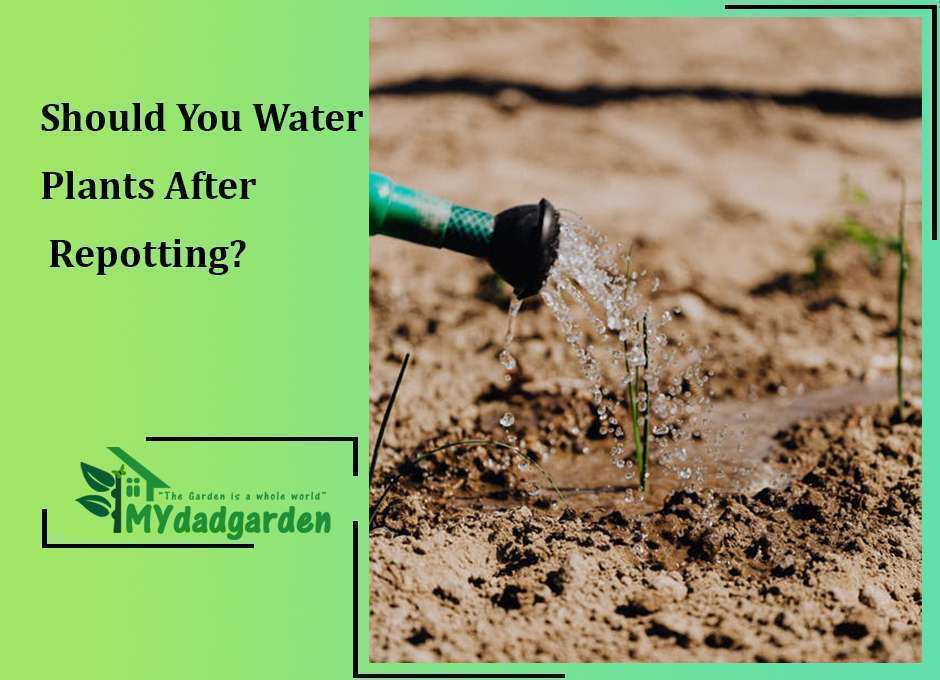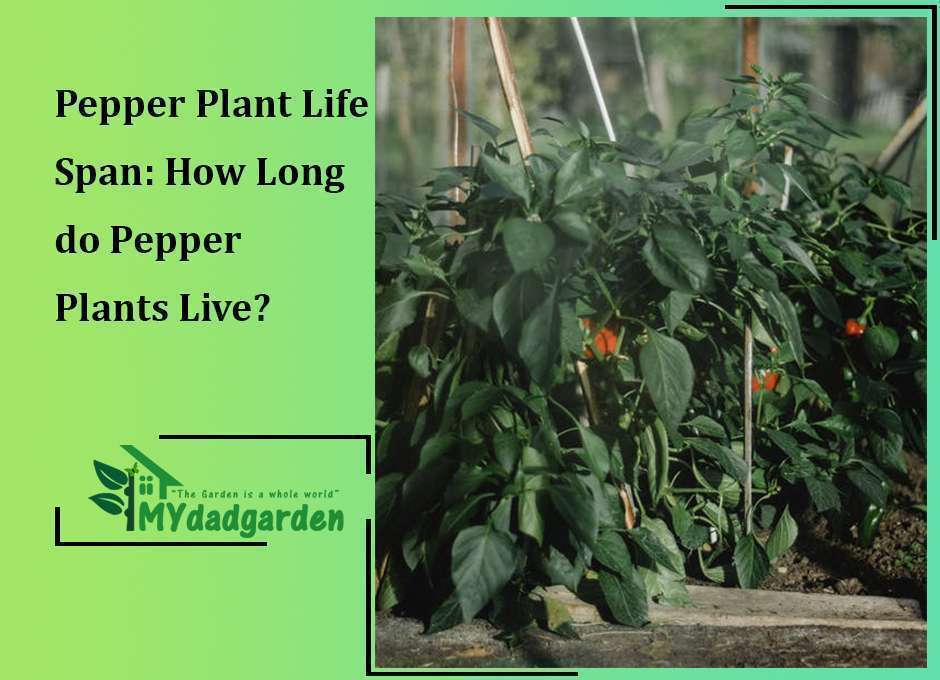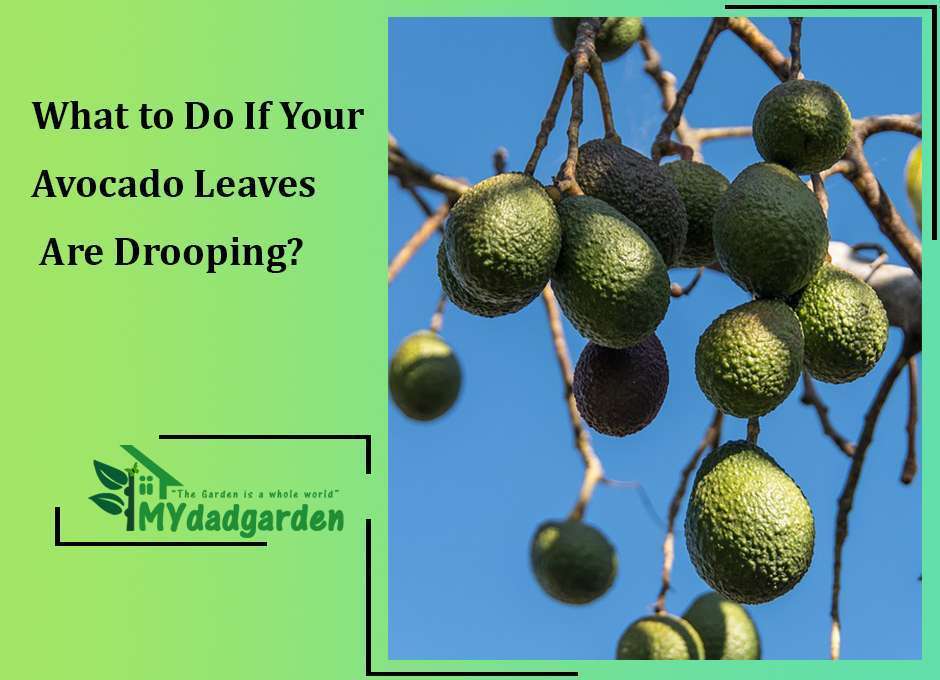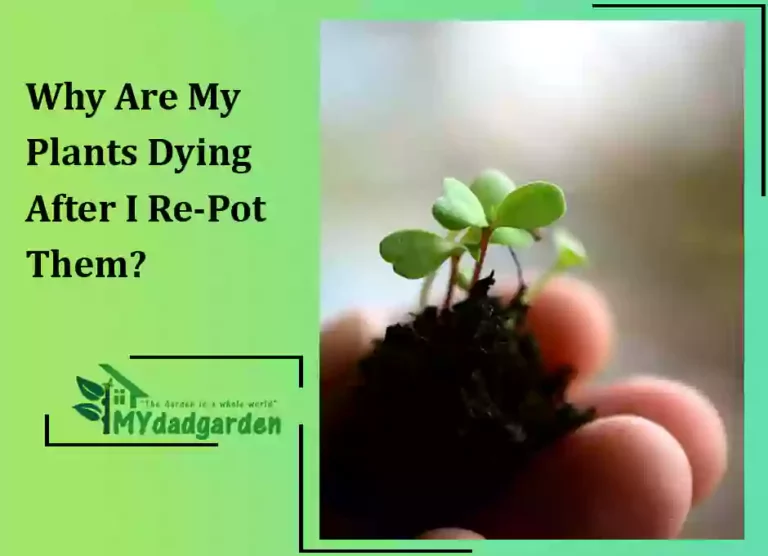Should You Water Plants After Repotting?
If you’re new to gardening, one of the most common questions you might have is whether or not you should water your plants after repotting them.
The general consensus is that you should water your plants after repotting them. This will help to keep the soil moist and help the plant recover from the transplant. You should also keep an eye on the plant and make sure that it is getting enough water. If the plant starts to wilt, you may need to give it more water.
In general, you should water your plants once a week. However, this may vary depending on the plant and the climate. If you live in a hot climate, you may need to water your plants more often. If you live in a cold climate, you may need to water your plants less often.
So, should you water your plants after repotting them? The answer is yes! Watering your plants after repotting them will help them recover from the transplant and keep the soil moist. Just be sure to keep an eye
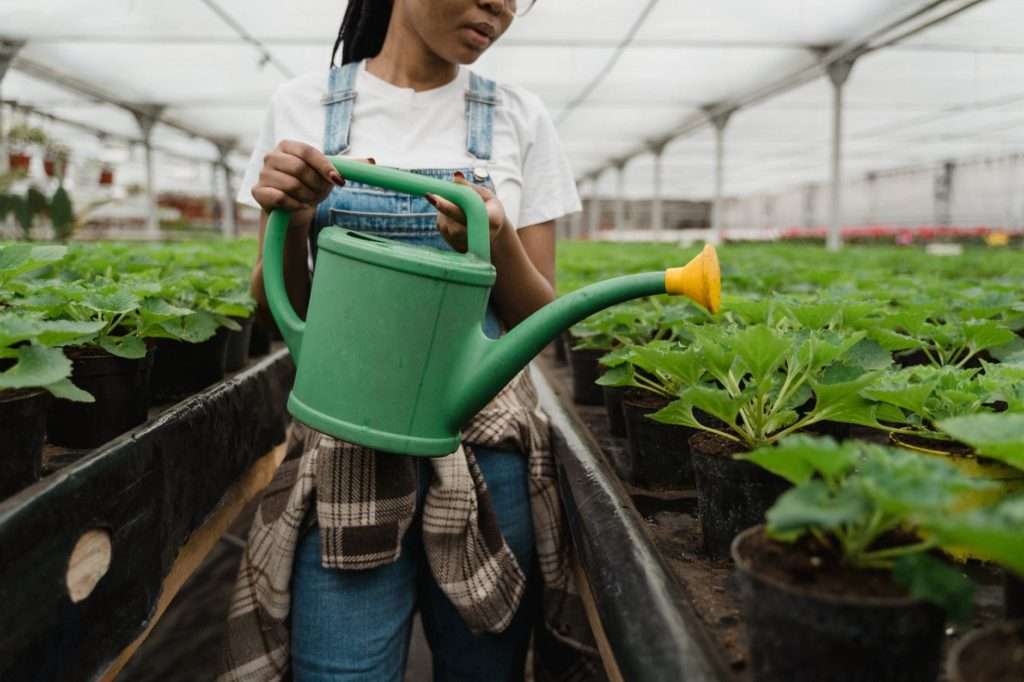
Table of Contents
How long after repotting a plant should you water?
Watering a plant after repotting depends on the type of plant, the potting soil, and the climate. generally, though, you should wait until the soil dries out a bit before watering again.
Some plants, including succulents and cacti, need very little water. wait a week or two after repotting these plants before watering them again. Other plants, such as African violets, need more frequent watering.
Check the soil moisture every other day and water when the top inch of soil feels dry to the touch.
In general, it’s better to underwater a plant than to overwater it. Overwatering can cause root rot, which can kill a plant. If you’re not sure whether to water your plant or not, err on the side of caution and don’t water it.
The best way to know when to water your plants is to get to know them. Pay attention to their leaves and stems. When they start to look wilted, it’s time to water them.
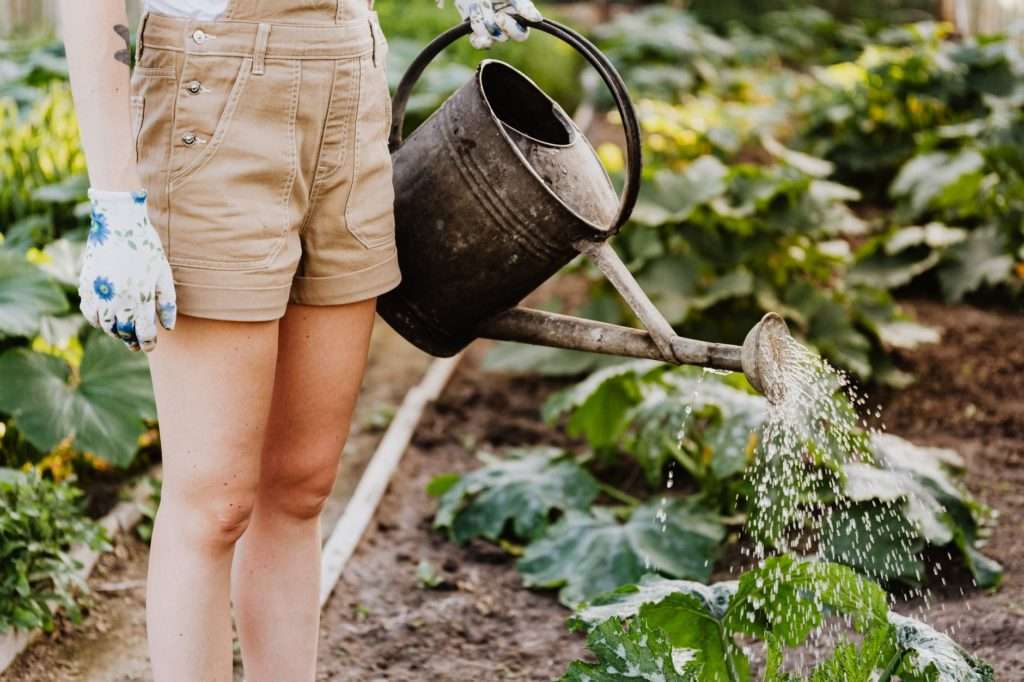
What to do after you re-pot a plant?
When you repot a plant, there are a few things you need to do in order to ensure that the plant thrives in its new pot.
First, you should water the plant well after repotting it. This will help the soil settle and ensure that the plant gets off to a good start. You should also keep an eye on the plant for the first few days, and water it if necessary.
Second, you should fertilize the plant after repotting it. This will help it to grow and thrive in its new pot. Fertilizing once a month is usually sufficient.
Third, you should check the plant regularly for pests and diseases. If you notice any signs of pests or diseases, take action immediately to treat the plant.
Fourth, you should keep the plant in a sunny spot after repotting it. This will help it to grow healthy and strong.
Finally, you should wait until the plant has finished blooming before repotting it. This will allow the plant to put all its energy into growing and thriving in its new pot.
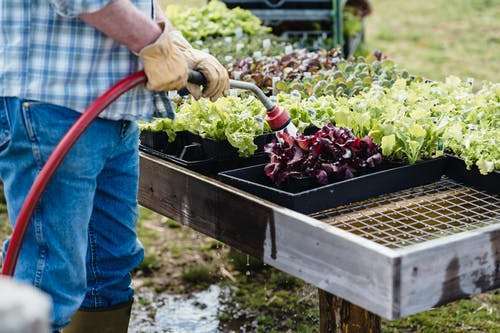
How often should you re-pot plants?
The answer to this question really depends on the plant. Some plants only need to be repotted every few years, while others may need to be repotted as often as every few months. The best way to determine when a plant needs to be repotted is to check the soil.
If the soil is dry and the plant looks like it is struggling, then it is probably time to re-pot. Also, if the roots are growing out of the bottom of the pot, then the plant definitely needs to be repotted. If you are not sure whether or not a plant needs to be repotted, it is always better to err on the side of caution and re-pot the plant anyway.
When you are repotting a plant, it is important to use the right pot. The pot should be big enough so that the plant has plenty of room to grow, but it should also be small enough so that the plant can still be handled easily. It is also important to use a pot with drainage holes so that the plant does not become waterlogged.
After you have chosen the right pot, you will need to add some fresh potting soil. Be sure to add enough so that the plant is able to take root and grow properly. Once you have added the potting soil, you can gently place the plant into the pot. Be sure to pack the soil around the plant so that it is secure.
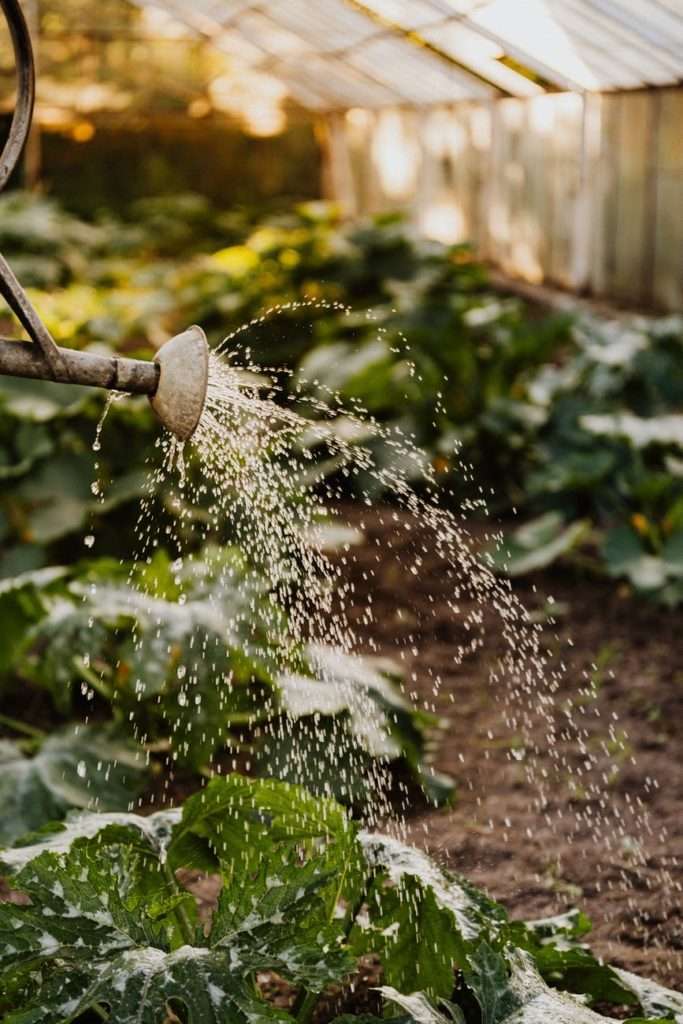
What type of soil should you use for repotting?
When it comes to repotting, there are a few things to consider. The type of soil you use is one of the most important factors.
You want to use soil that will allow your plant to drain well. Clay soils are not ideal, because they can hold water and become soggy. Sandy soils are also not ideal, because they can dry out quickly. Instead, look for a potting mix that contains both sand and organic matter.
Another thing to consider is the size of the pot. If you are repotting a small plant, you don’t need to use a large pot. A pot that is too big can actually be harmful to your plant because the roots will have too much space to grow.
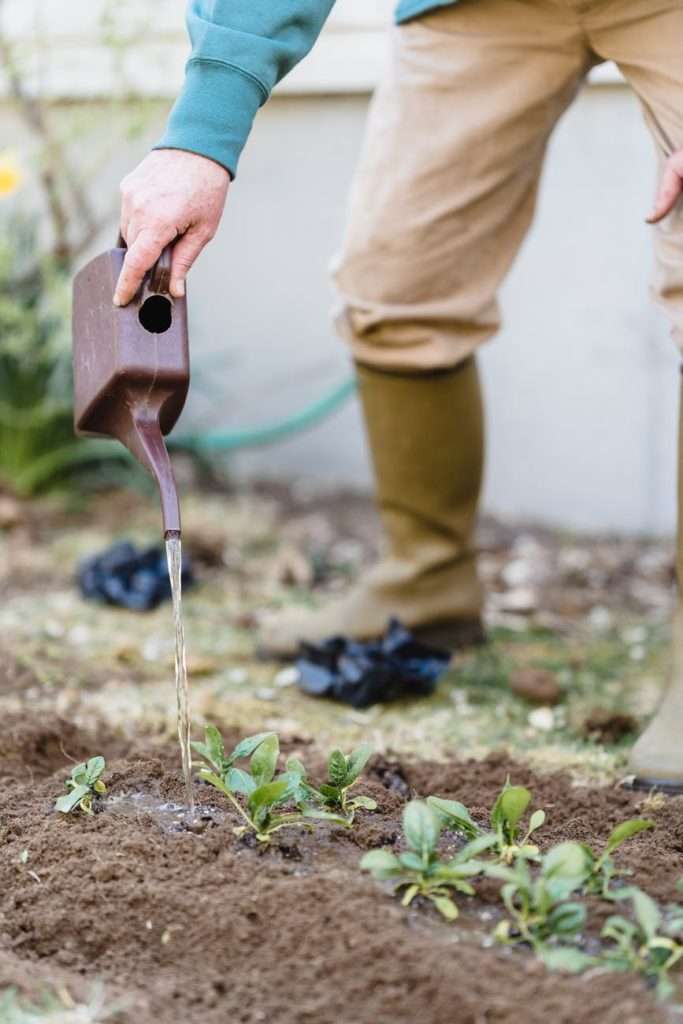
Why must you Re-pot indoor plants?
When a plant is in a pot, the pot becomes its root system. The plant will send out new roots in search of water and food.
If the plant is kept in the same pot for too long, the roots will become tangled and will not be able to get enough food and water. This can cause the plant to die.
Repotting a plant gives it fresh soil and new room to grow. It also separates the old, tangled roots from the new, healthy ones. This will help the plant grow bigger and healthier.
Previous Article: Black Spots on Aloe Plant : troubleshooting and Caring

